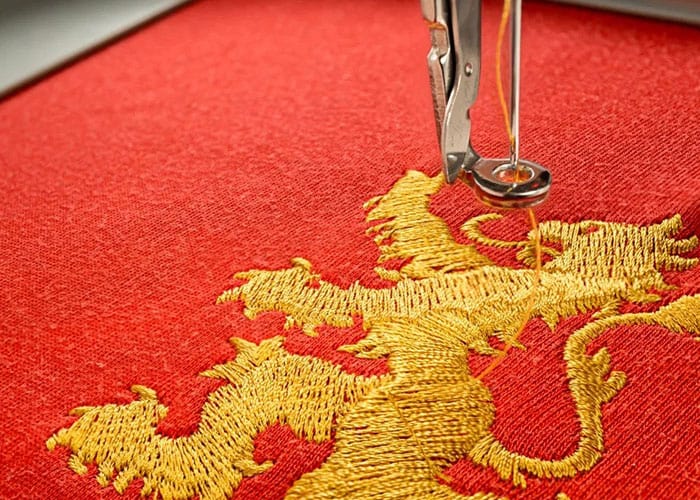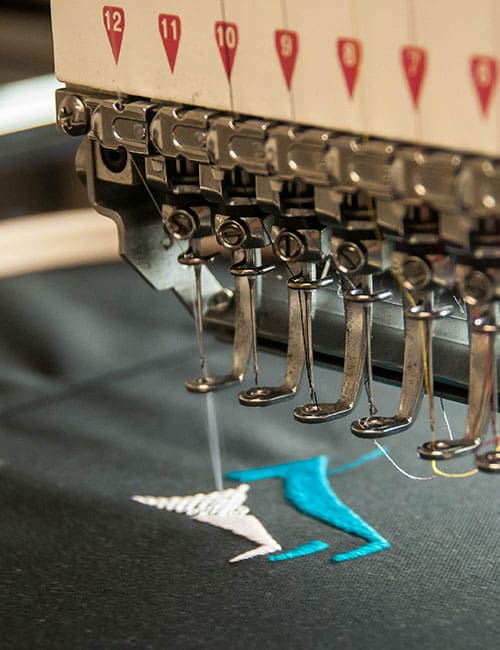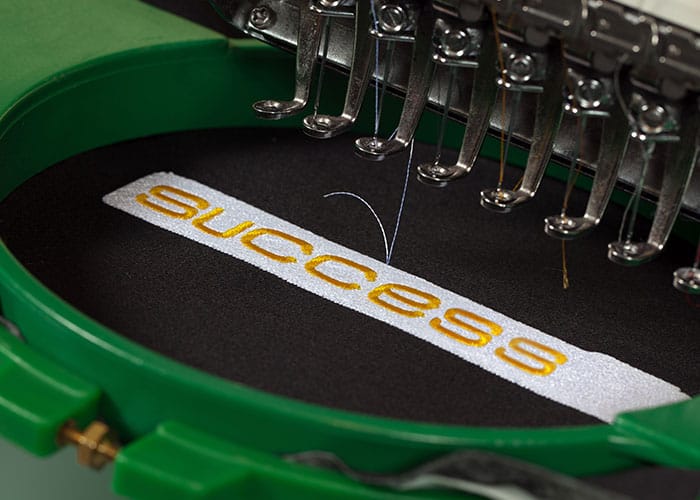The most important method the Byzantines used for decorating their clothing was embroidery. Embroidery is the decoration of fabric with patterns of stitching or needlework, in which thread is pushed through the fabric to make a raised pattern and tied off in back. Forms of embroidery have been found in ancient Egypt and ancient China and were developed several thousand years ago. The art of embroidery was fully realized during the time of the Byzantine Empire (476–1453 b.c.e.), when embroidered fabric, trim pieces, and decorative patches became essential to Byzantine costume.
The Byzantines generally wore plain fabric garments that were heavily decorated. Some might have elaborate patterns of embroidery sewn directly on, while others used strips or panels of embroidered fabric sewn at the hem, the waist, or on the sleeves. They were especially fond of geometric patterns, such as repeating squares, circles, or diamonds, and they also used flowers and leaves for ornament. Often birds or mythological creatures were embroidered within the patterns as well. One form of ornament favored by the very wealthy was the tablion, a square piece of heavily embroidered fabric, six to twelve inches wide, attached to the front of a dalmatica (a type of overgarment) or a cloak. Embroiderers used many rich and colorful types of thread to make their work stand out. They might use silk or gold thread, and they favored bright colors, especially purples, golds, reds, blues, and yellows. The rich and beautiful nature of so much Byzantine clothing owes much to the art of the embroiderer. Byzantine embroidery was a great influence on the embroidery of clothing throughout the Middle Ages (c. 500–c. 1500 c.e.) and beyond in Europe and Russia in particular.
Reference
“Embroidery.” Fashion, Costume, and Culture: Clothing, Headwear, Body Decorations, and Footwear through the Ages. 2004. Retrieved February 15, 2015 from Encyclopedia.com: http://www.encyclopedia.com/doc/1G2-3425500172.html







